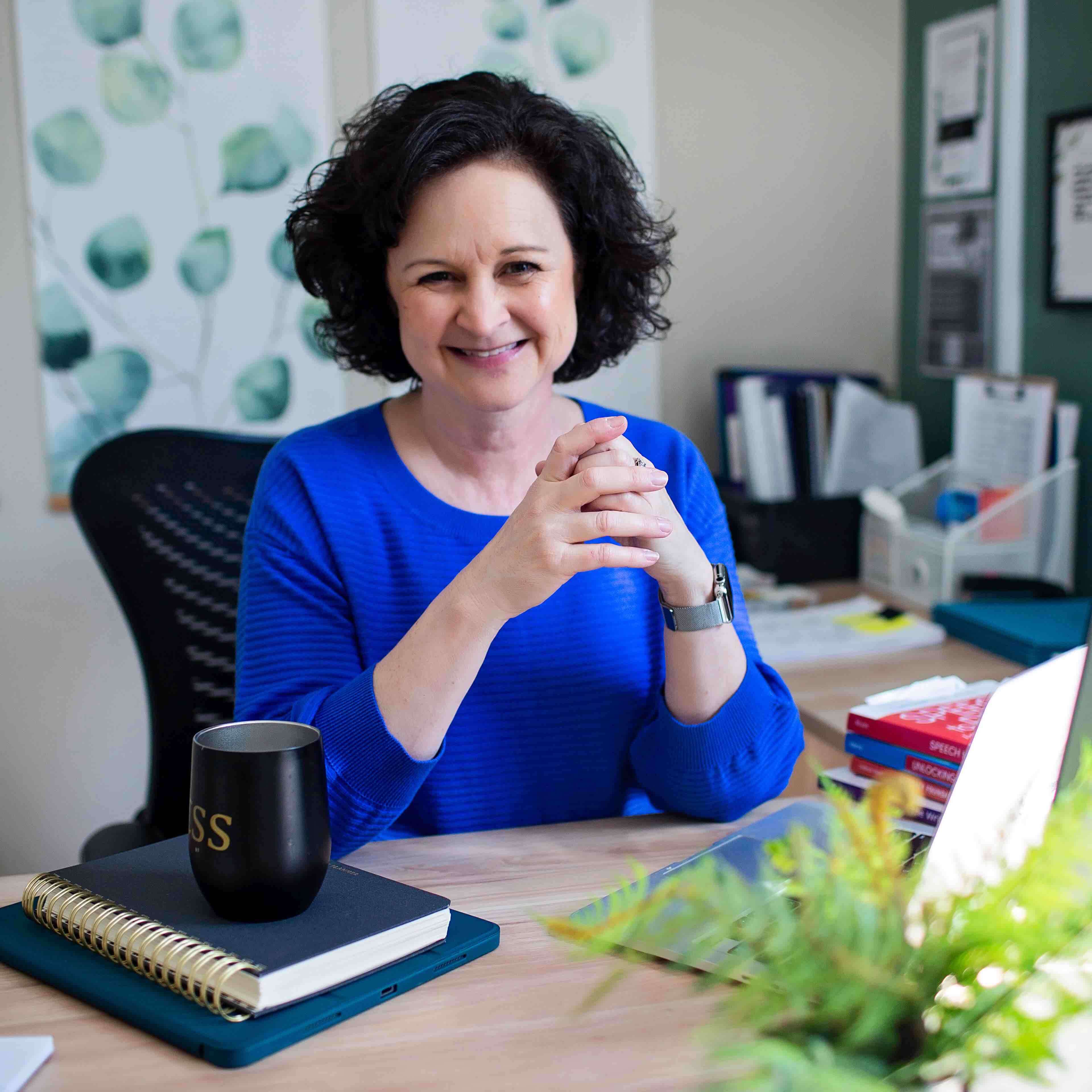Ode to MOY

Ode to MOY (Middle of Year)
The middle of the school year is a great time to stop and take stock of the path you are on. Middle of year screening results provide useful information for planning what Tier 1 reading instruction should look like for the second half of the school year.
"And there's still time to change the road you're on." -- Led Zeppelin
Listed below are key considerations for grade-level team planning:
1. What percentage of students in each grade scored in the at-risk range on the screening measures? If less than 20% are at risk, analyze and improve the Tier 2/3 system. If more than 20% are at risk, analyze and improve the Tier 1 system.
2. Is this an increase or decrease from beginning of year? Discuss the potential reasons for the change in scores from beginning to middle of year.
3. Review the characteristics of effective Tier 1 instruction (primary prevention of reading failure). Which characteristics could be changed or improved to reduce risk in each grade level by the end of the year?
- 90-120 minutes minimum of Tier 1 reading instruction daily
- all students receiving Tier 1 (no one leaving for intervention, EL support, etc.)
- whole-group and small-group formats, based on screening and diagnostic data
- research-aligned scope and sequence, instructional routines, and materials
- flexible service delivery policies allowing support educators to come to the classroom during Tier 1 instruction to support small-group differentiation
- PD and coaching for improving teacher knowledge and practice
4. Review the characteristics of effective Tier 2 and 3 intervention (secondary and tertiary prevention of reading failure). Which characteristics could be changed or improved to reduce risk in each grade level by the end of the year?
- 30-45 minutes of small-group, targeted intervention, 3-5 days a week
- Tier 2 at another time of day, not during Tier 1 instruction
- more explicit, systematic, and smaller group size than the small group in Tier 1
- all students in a small group have the same instructional need
- instruction is aligned to the small group in Tier 1
- highly trained instructor
- frequent progress monitoring
5. Review the middle of year scores for individual students. Do changes need to be made to who receives support or to what the support includes? Consider intensifying instructional support as needed.
6. Write a plan to address the above concerns. Set a goal for the percentage of at-risk students for the end of the year.
If your school doesn't have any of the following structures in place, start here and set goals to implement these by the end of the school year.
- a schedule that provides time for grade-level planning,
- a universal screening assessment,
- skill in using collaborative problem solving.
Access my free course for more support to adopt and use assessments in a MTSS model of school improvement.

Dr. Stephanie Stollar is the founder of Stephanie Stollar Consulting LLC and the creator of The Reading Science Academy. She is a part-time assistant professor in the online reading science program at Mount St. Joseph University, and a founding member of a national alliance for supporting reading science in higher education.
You can follow Stephanie Stollar Consulting and the Reading Science Academy on Facebook, YouTube, Twitter, Instagram and LinkedIn, and contact her at [email protected].
⭐️ Get Dr. Stollar's free resources on the science of reading here! →


